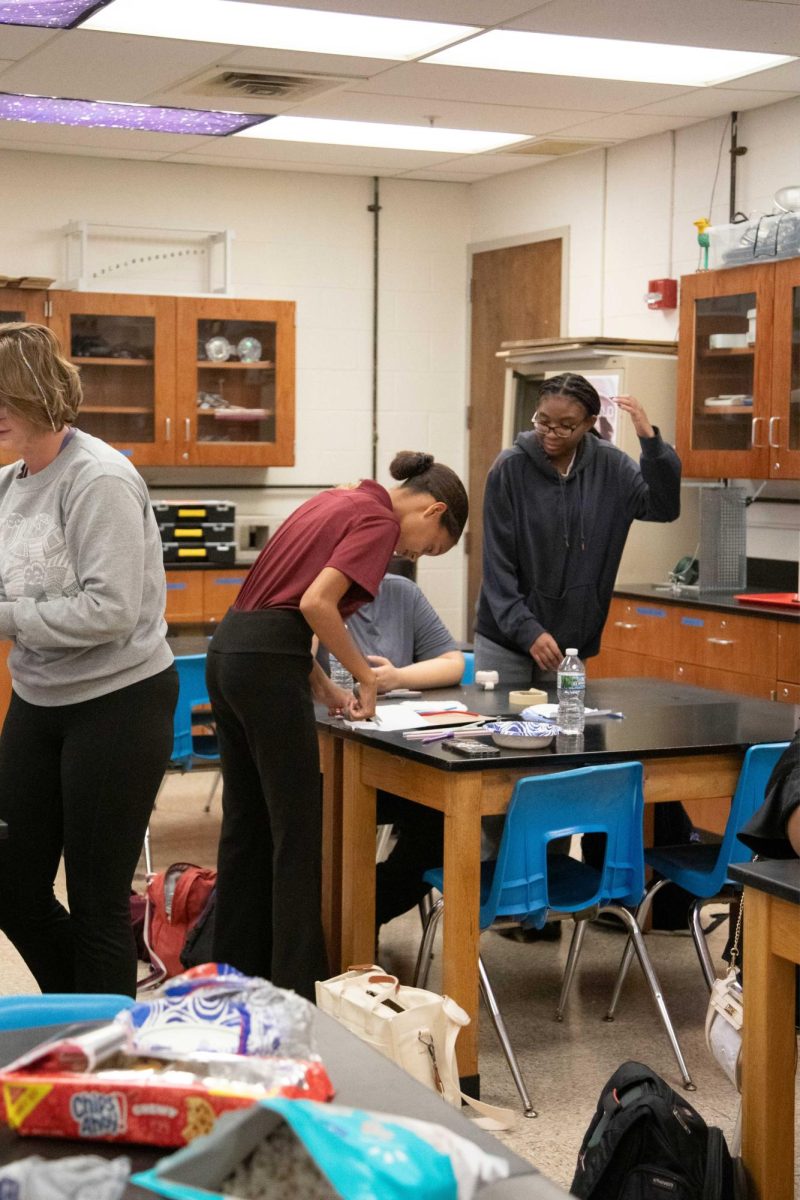Sports are a big part of many people’s lives. It gives people an escape from everyday life and takes them on a journey. They have heroic moments with their ups and downs. Sports have had some great moments but also some scary and horrible moments.
The recent death of hockey player Adam Johnson has led to sports implementing safety measures to help people enjoy their game. Johnson played for the Nottingham Panthers.
Along with the Panthers, Johnson played for many other recognized hockey teams such as the Pittsburgh Penguins. He was 29-years-old when he passed away on Oct. 28 due to a skate cut across his neck. This tragic event has brought up the topic of safety in sports especially in hockey.
The debate over neck guards has been a hot topic for years now. People love them and hate them. There intention is to provide protection to many important arteries in your neck but also have their negative effects on the players. Their comfort is impacted since their uniforms are altered to fit the brace.
This has sparked controversy. The question is do the players wear it and be protected? Or do they choose to risk it to be more comfortable out on the ice? This has led to hard decisions to be made from players and parents when they are deciding over the neck guard or not.
Hockey and other sports have had many different forms of safety implemented especially with concussions in football, and even the HANS (head and neck safety device) in auto racing. Neck guards have been an issue in many leagues including the Western Hockey League in Canada was one of the first major hockey leagues to give a mandate on neck guards for all players. Even players in the NHL like TJ Oshie of the Washington Capitals and Patrik Laine of the Columbus Blue Jackets have begun wearing neck guards in all games.

This has many other examples of this mandate of safety measures to protect athletes. Concussion protocol with the removal of a player from a game after a concussion in football has led to the minimization of CTE (Chronic Traumatic Encephalopathy) in players and has led to be a top measure in sports other than football. Auto racing has had its HANS device used as well in Formula 1, NASCAR and Indycar, especially after many people have been injured or killed due to basilar skull fractures where the brain moves freely after an impact and causes injury after impact with the skull. That mandate has led to no deaths due to that type of injury since that mandate in 2002.
Injuries and death have led to many mandates and modifications to help make sports safer. This has been seen in hockey as the sport has begun a mandate on mouth guards for concussions and neck guards.
Max Garrett (2026), a hockey player, shares his opinion on this. “Neck guards are uncomfortable and I don’t [want] wear them,” Garrett said.
This has also been shown in other sports such as Lacrosse as Griffin Wolfe (2026) has also had mandates on certain chest pads.
“[It] helps with the center chest area but does not help with aiding heart protection,” Wolfe said “The chest pads are not being enforced.” This shows a concern that if there are new rules, they should be enforced, but the officials need to participate and help protect the participants.
The issue of safety in sports has many problems. With new and uncomfortable equipment, lack of accountability from some and the issue of injury has led to more harsh mandates and policies. This will always be an issue of how we can keep people safe. As long as athletes play, they risk injury but helping pave the new way for safety has helped reduce that immensely.





























